Goldentail moray Facts
- This truly impressive marine mavel most frequently goes by the perfectly descriptive common name of the Goldentail moray across its range. Yet, it does have several other general titles, though. These include both the terms conger moray and the unflattering bastard eel.
- Within the scientific community, however, it’s perhaps much better known by its purely technical designation. That moniker, sadly, remains rather difficult for the layperson to pronounce. That’s because the fish bears the formal appellation of Gymnothorax miliaris.
- This product of evolution received that tongue-twisting tag due to the efforts of Johann Jakob von Kaup. The respected German naturalist recorded the first official recognition of it as a separate and distinct species. He achieved that scientifically notable feat in the year 1856.
- Fortunately, the dazzling Goldentail moray seems to be maintaining a fully thriving population base. That pleasant state also appears to hold true throughout its entire range. The IUCN thus presently shows it as Least Concern on its published Red List of Threatened Species.
- This wonder of Nature nevertheless still faces many potential threats to its continued existence as a species. Like all forms of life on earth today, most of these stem from the actions of man. These dangers principally include the perils of habitat loss and ongoing climate change.
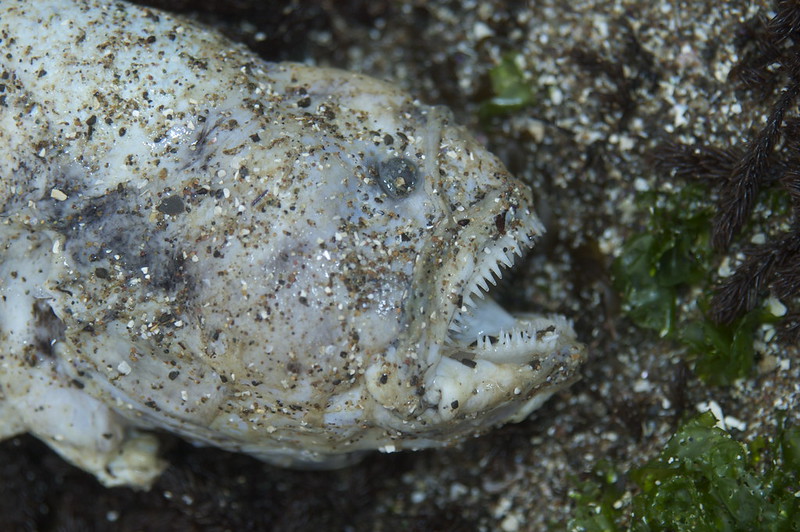
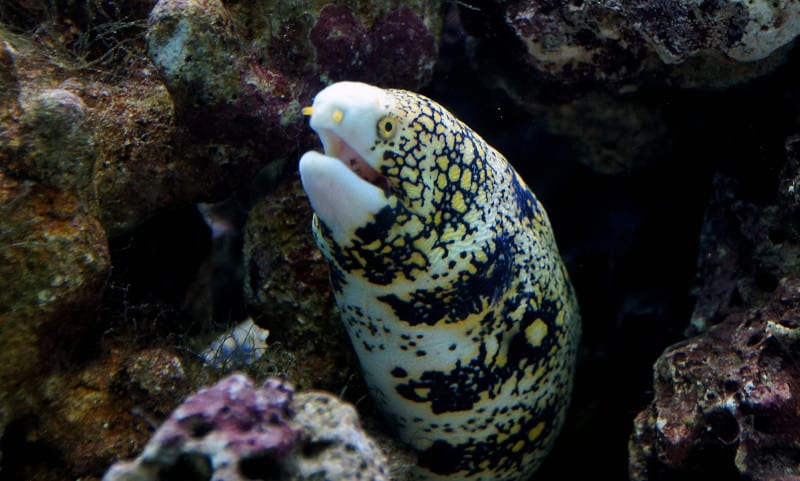
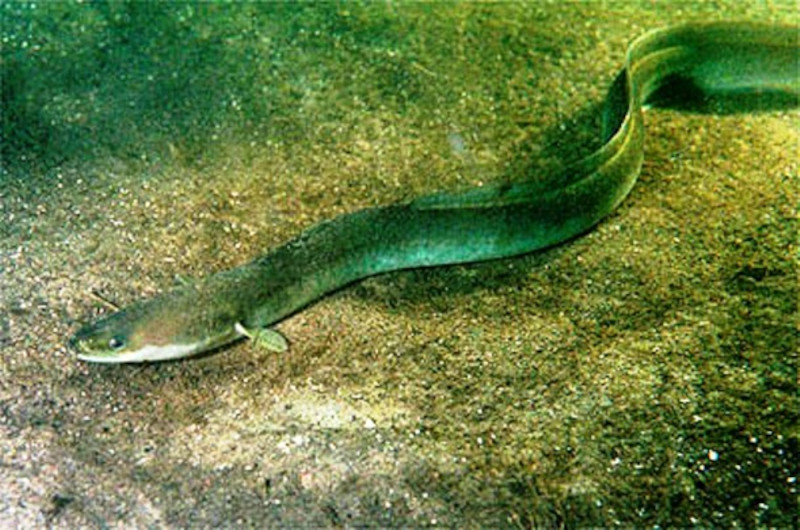
Goldentail moray Physical Description
The remarkable Goldentail moray, like most of its relatives, usually captures the attention of those individuals fortunate enough to encounter one. It tends to do so much more for its beauty than its size, however. That’s true given the fact that it’s not an overly large example of its kind.
Regarding its physical nature, though, it follows a pattern common among its numerous kindred. That’s in the fact that it displays virtually no noticeable degree of the physiological characteristic of sexual dimorphism. Distinguishing the two genders therefore isn’t easy purely visually.
An average length for specimens of either sex measures approximately 16 in (40 cm). A few exceptional examples, however, do occasionally attain lengths equaling as much as an impressive 28 in (70 cm). Such outsized individuals occur extremely infrequently, though, based on evidence.
Like others of its kind found around the world today, the design presents a remarkably memorable form, easily distinguished from other denizens of the depths. That’s because this develops as highly elongated in form, of course. This provides the fish with an almost serpentine structure.
The skin of the extraordinary product of Nature and many eons of evolution, meanwhile, futher sets itself apart from many others of its kind. That’s due to the startling fact that, unlike some other eels, this aspect of its biology develops as relatively smooth in texture, and without any scales.
Yet, it’s unquestionably the color of the breathtaking Goldentail moray that typically garners the most attention, though. The body generally presents as predominantly a yellowish to brown, with either a speckled or mottled pattern of white to golden spots, giving it a golden tail appearance.
The head also evolved as somewhat pointed with a comparatively large mouth that contains sharp, conical teeth. It also has small eyes, positioned towards the front of the head. It has a dorsal fin that runs along the length of the body starting just behind the head, while it lacks pectoral fins.
- Kingdom: Animalia
- Phylum: Chordata
- Class: Actinopterygii
- Order: Anguilliformes
- Family: Muraenidae
- Genus: Gymnothorax
- Species: G. miliaris
Goldentail moray Distribution, Habitat, and Ecology
The stunning Goldentail moray evolved as native to a moderately expansive portion of the marine regions of the surface of the globe. Its full natural range, and the location of that zone of habitation, just might surprise some people, though. It mainly appears in the western Atlantic Ocean.
Yet, the amazing fish also makes its home in several neighboring areas, as well. The animal’s also commonly found throughout much of the Caribbean, including around the islands and coastal regions of countries such as the Bahamas, Cuba, Jamaica, Puerto Rico, and the Lesser Antilles.
The wonder’s also present within the waters of the Gulf of Mexico, particularly immediately around the coastlines of Mexico and the southern United States, such as Florida. The creature’s further found along parts of the coast of South America, including countries like Venezuela and Brazil.
Although it possesses a moderate range of habitation, it does have one trait that gives it an evolutionary edge over many competing species. That’s the fact that it displays decidedly flexible preferences regarding its choices of habitat. It’s therefore present in a variety of settings.
The habitat of this small but highly intriguing creation of natural selection consists exclusively of either tropical or subtropical waters. That natural characteristic also remains consistent with its known pattern of distribution. It’s not currently known to live in any other types of environments.
The distinctive fish also appears to prefer shallow waters. Individuals rarely appear at depths exceeding 131 ft (40 m). Most frequently, in fact, observed specimens reside in the upper part of this range, usually at depths measuring somewhere between approximately 3 – 66 ft (1 – 20 m).
It’s also commonly found making its home in regions comprised of coral reef ecosystems. The animal seems to prefer the complex structures provided by these coral reefs, which offer numerous crevices and hiding spots. Besides these living structures, these eels also inhabit rocky substrates.
The cracks and crevices in rocky areas additionally provide the intriguing eel with both shelter and hunting grounds. This particular member of its Order tends to prefer sheltered waters, such as lagoons, bays, and areas protected by reefs or rocks, where water movement’s less intense.
Following the pattern common to its kind, the Goldentail moray evolved as a pure carnivore. It also feeds primarily as an ambush predator. The creature typically hides in various crevices, holes, and narrow spaces within coral reefs and rocky areas. There, it waits for potential prey to come close.
The species feeds primarily on a wide variety of small fish, crustaceans, and even cephalopods. It’s also mostly nocturnal in nature, primarily coming out of its hiding places at night solely for hunting. During the day, though, it usually remains concealed in crevices within reefs or rocky areas.
In turn, this marvel of the seas faces its own share of grave dangers. Its own natural predators include various types of larger fish, sharks, and occasionally octopuses. The coloration it evolved, as well as its ability to hide in narrow spaces, serve as primary defenses against its enemies.
Like other moray eels, this animal releases its numerous eggs into the water column, where fertilization occurs externally. The larvae, known as leptocephali, appear transparent and drift in the plankton before eventually settling on the reef and transforming into juveniles of the species.
Species Sharing Its Range
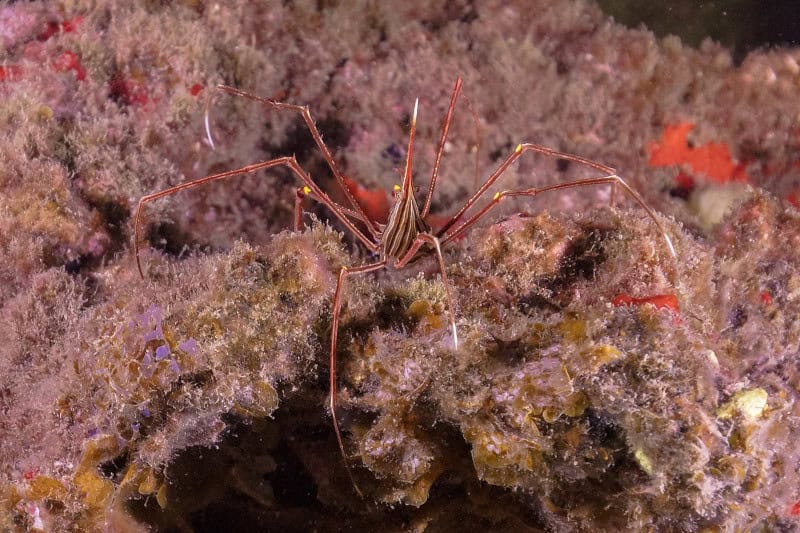
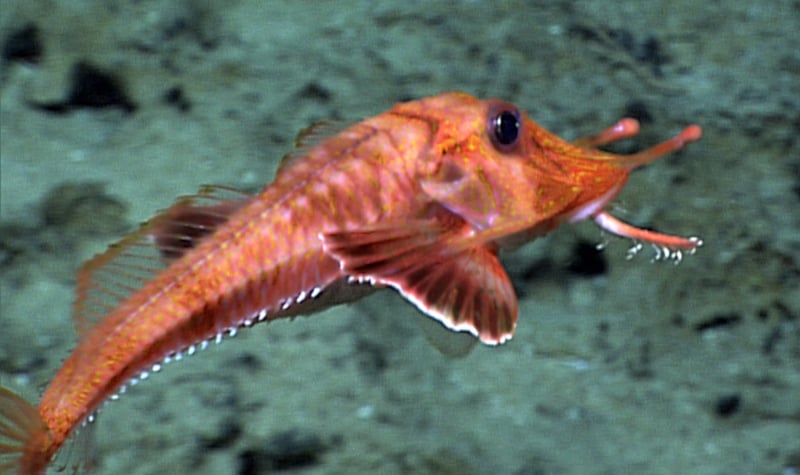

Check out our othere articles on 4 Awesome Australian Butterflies, Rock Hyrax, Tenerife, Apple-of-Peru, Hellbender Salamander, Giant Swallowtail, Great Potoo, Jelly Ear, Jewelled Gecko

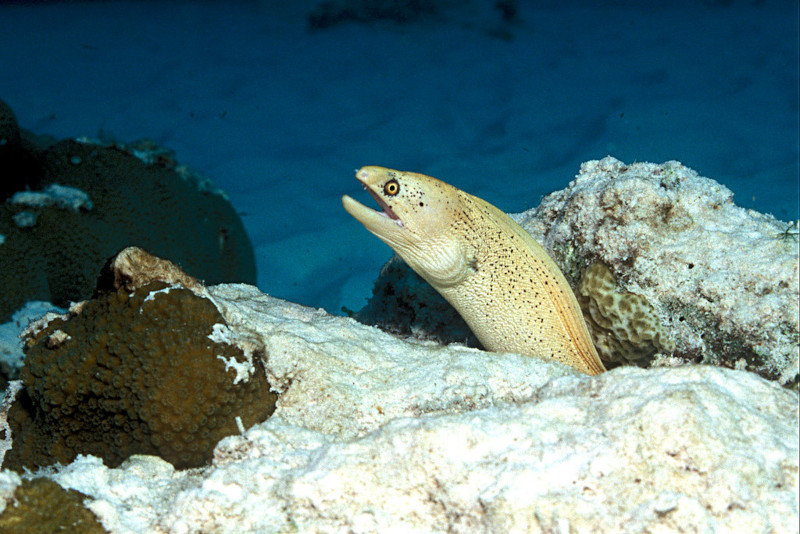









Leave a Reply